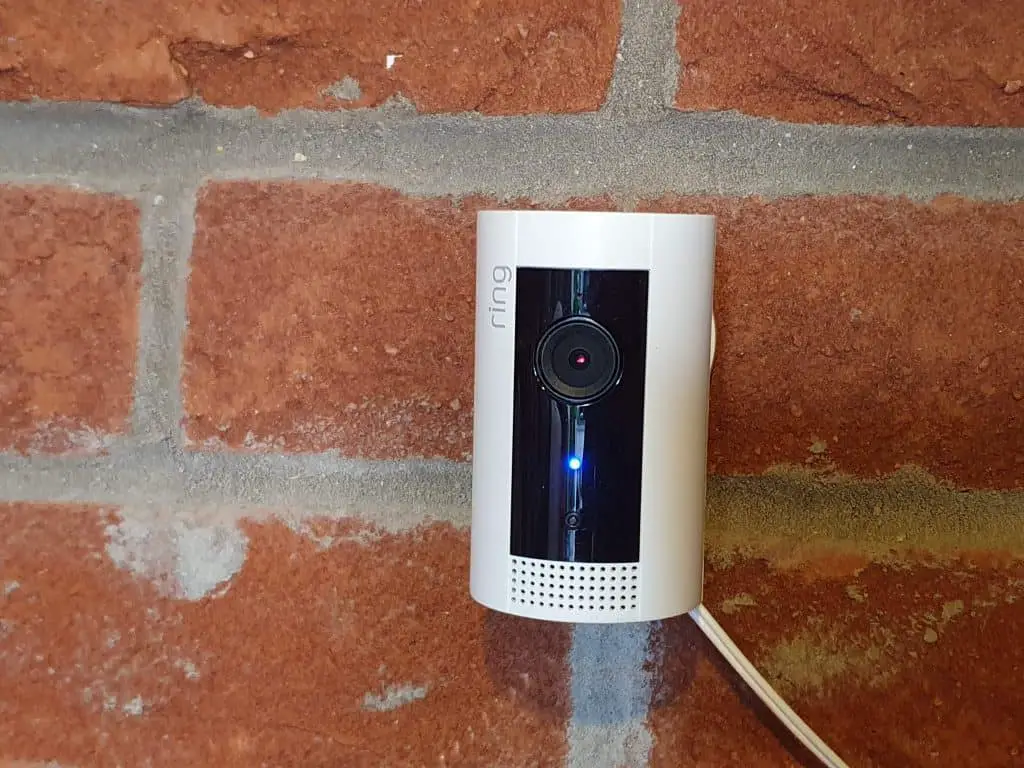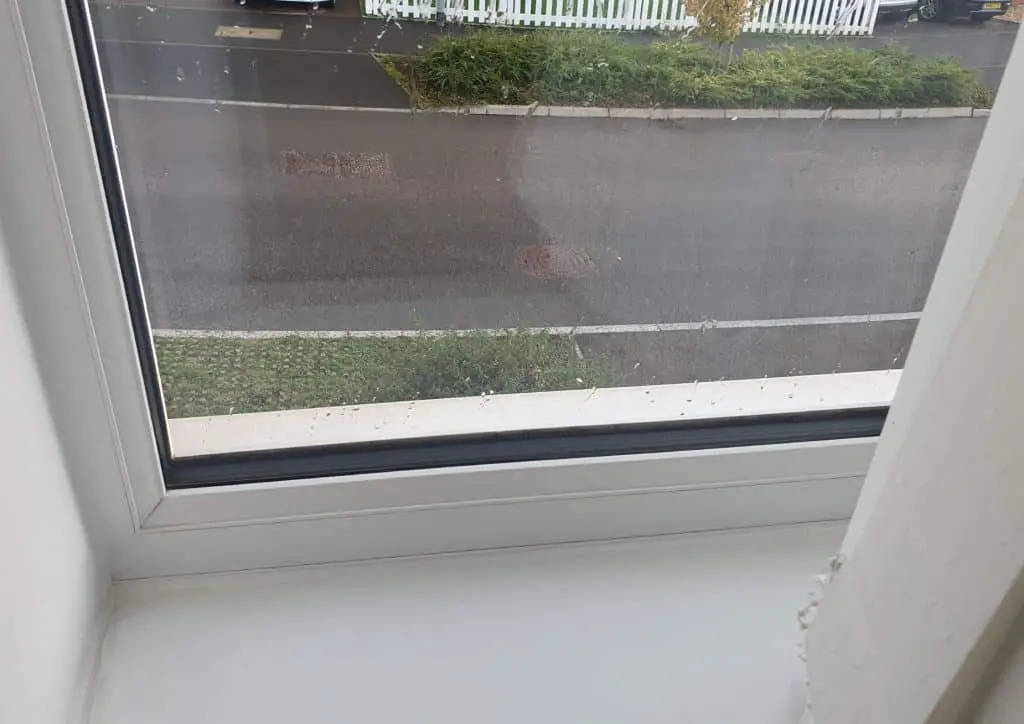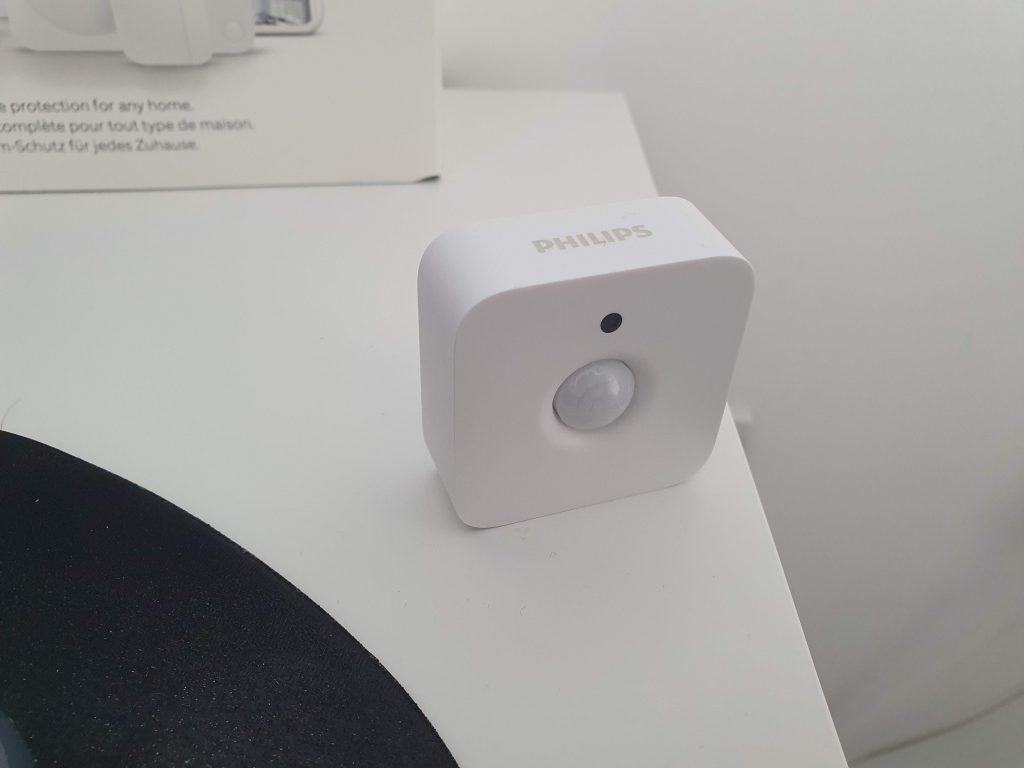An indoor smart camera is often much cheaper than an alternative that is placed on the outside of your property. However, there may be occasions when you want the camera to face the outside. This can cause some issues occasionally as you are trying to record through glass or a window. This being said, these issues can usually be overcome fairly easily.
This article will give you all the information you need about recording through glass using an indoor smart camera.
Why Might You Want A Smart Camera Facing Outside?
There are many good reasons to have a smart camera that faces outside, for both the front and rear of your property. It may be easier to break in to your home from the rear because the intruder is less likely to be seen. Cameras at the front of the property can help to protect any cars that are parked outside of the home.
What Are The Advantages Of Indoor Smart Cameras?

There are also some advantages that indoor smart cameras have over ones that are fitted outdoors. Firstly, they are often a lot cheaper to purchase – smart indoor cameras can often be found on sale for $20, whereas outdoor cameras always seem to be $50 or more. This can be a real deciding factor if you are on a budget.
Indoor cameras are also much easier to install. They are not usually positioned at a great height and so you won’t need to climb a ladder. There is also likely to be a plug nearby inside so you can just plug the camera in without having to worry about the wiring. Being able to plug your camera in also means that you don’t have to worry about remembering to change the batteries.
Why Glass Glare Is A Problem And How To Fix It
The disadvantage of using an indoor smart camera to face outside is that sometimes the footage can be obstructed from the glare on the glass. However, there are steps you can take to stop this becoming an issue.
The two main issues surrounding glass glare are things on the inside of the window causing an obstruction, and the infrared glare when the camera is recording at night. We will take a closer look at both these issues below.
Obstructions On The Inside Of The Window

If you have a camera in your window that is recording outside, then you need to take care that your curtains or blinds are not causing an obstruction. This may sound obvious, but think about the way that they could move if there is a breeze. You don’t want to get to the point where you need the footage only to find that a curtain keeps blowing across the camera.
Another common issue that can affect the clarity of the recordings taken with your indoor camera is marks on the windows. You may find that when you have an indoor camera, you need to clean your windows more frequently than you did before. It can be a good idea to check the recordings from time to time to see if there are any particular areas of your window that need to be cleaned.
Issues With Infrared Recording At Night
When it gets dark most smart cameras will automatically turn on their Infrared LEDs. This should allow the camera to continue to record a clear picture where you can clearly see what is happening, even when it is dark outside.
The issue with an inside camera is that these Infrared lights can reflect back on the glass, and this effects the quality of the recording. In some cases, this may mean that the footage is completely unusable. If this is something that is causing you a problem, then there are several ways that you can attempt to solve it. However, it is most likely to be a case of trial and error until you find the solution that works for you.
- Turning off night vision by disabling the infrared lights. This may seem counterproductive but if the lights are creating that much glare, then the recordings may actually be clearer without the lights. If you have an app that comes with the camera, there should be an option to disable the lights in the settings. If not, placing some black tape over the light can also work quite well.
- Use outdoor lighting. You could fix an outdoor light to the exterior of your property so that you have no need to rely on the infrared light of your camera. If you do not want a light that is constantly on, you can choose one that lights up when motion is detected. This type of light also has the added advantage of being a deterrent for potential intruders.
- Place the camera on a suction mount. If you get a suction mount for your window, then you can place the camera on the outside of your home and this will eliminate any problem with the glare. This is a more effective solution if your camera is battery operated as you will not need to have your windows open to feed the plug through.
- Change the position of the camera. You may find that altering the position even slightly reduces the glass glare and improves the quality of the recording. You may want to try moving the camera further away from the glass, or moving it a little to the side.
Why Motion Sensors May Not Work And How To Fix Them

If your smart camera has a motion sensor, or is likely to work through the detection of the infrared or thermal signatures that are given off by people. It is not likely that these signatures can be detected through glass and so this may mean that this feature does not work as you want it to.
Some cameras will use pixel detection to detect motion. This usually works better for cameras that are behind glass because it checks every frame to see if there are any differences which might indicate motion. However, cameras that have this feature will use more electricity, and so you won’t find battery variants of them.
The other issue with using pixel detection is that it does not work very well at night. This may make it a good choice if you only really want to record in the day time. You could use another form of motion detection such as an outdoor light that turns on when someone approaches the property if you do want to be alerted when someone is outside.
Another option that may help solve motion detector issues is brining your camera outside on a suction mount as discussed earlier on the article. If your camera operates on batteries, then this may be one of the most effective solutions as you are essentially turning it into an outdoor camera.
Tips For Facing Smart Cameras Through Glass
As a summary of some of the more detailed explanations that have been made in this article, the following list will share all the tips that have been discussed for facing an indoor camera through glass. This can also be used a quick reference guide if you are looking for a fast solution to a particular problem.
- Ensure that there is nothing blocking the camera such as a blind, curtains or any ornaments.
- Keep your windows clean from dirty marks.
- Use outdoor lighting to illuminate the area covered by the camera to reduce the reliance on infrared lights.
- Secure the camera to the outside of the window to eliminate problems with glass glare.
- Experiment with the position of the camera until you find the spot that has the least amount of glass glare.
When you come to make a purchase of a camera that records what is happening outside, there are a wide range of options that are available to you. It can be helpful to already have an idea of what you want your camera to be able to do, and then compare models that already have all these features.
Cameras that can be controlled through an app are often a good choice because this makes it easier to change any settings that may improve the quality of the recordings.
Indoor smart cameras are undoubtedly the most cost-effective choice, but if you want to record through a window, there is a chance that you will lose some of this functionality. However, the information in this article should give you some tips for improving the quality of footage that is recorded through glass.
